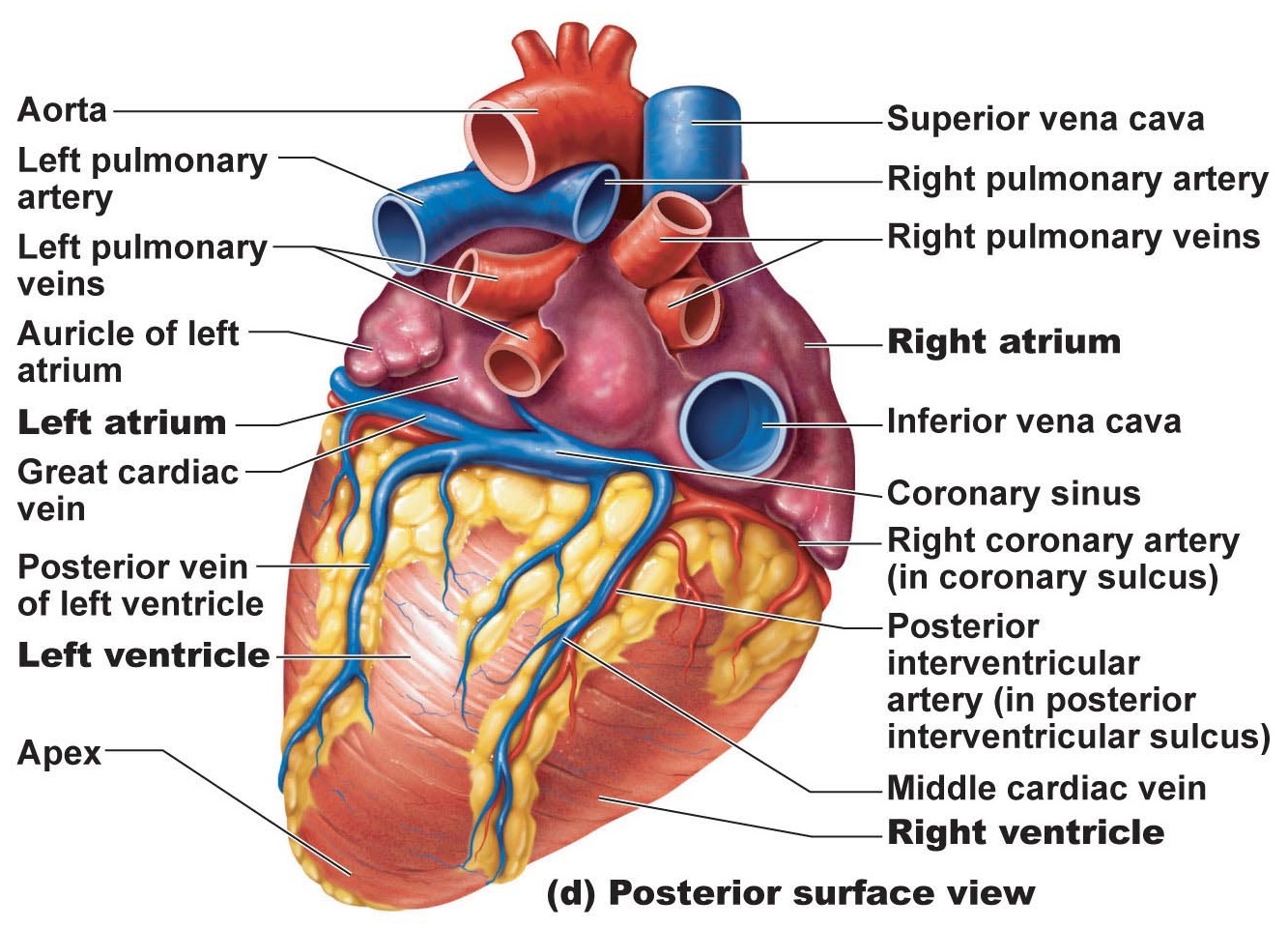Heart follows a sequence of events which takes place during the completion of one heart beat. It involves repeated contraction and relaxation of heart muscle. Contraction is called systole and relaxation is called diastole. These two constitute the ‘cadiac cycle’.
Ventricular systole – causes the sound Mub’
Ventricular diastole – causes the sound ‘dub’.
ADVERTISEMENTS:
Ventricular systole (contraction of ventricles) and the elastic recoil of the arteries as blood at high pressure is forced through them cause a ‘pulse’. One complete heart beat consists of one systole and one diastole and lasts for about 0.8 seconds.
Overall nervous control of the cardiovascular system is located in a part of the hindbrain known as the medulla. Also a number of hormones affect heart beat, either directly or indirectly, adrenaline (secreted by the meddula of adrenal glands) is the most important of these hormones.
Adrenal medulla also secretes noradrenalin which has similar effects to adrenaline. Both stimulate the heart, although adrenaline is more effective. Cardiac output and BP are increased by increasing heart rate. The two hormones also have other effects on the body which prepare the body for action (flight or fight response) when situations rise so.
ADVERTISEMENTS:
Thyroxin (produced by thyroid gland) raises the basal metabolic rate. This in turn leads to greater metabolic activity, with greater demand for oxygen and production of more heat.
As a result, vasodilatation (dilation of blood vessels) followed by increased blood flow occurs and this leads to increase cardiac output. Heart rate is also directly stimulated by thyroxin.
Blood pressure is the force developed by the blood pushing against the walls of the blood vessels. It is usually measured in the brachial artery in the arm by using a sphygmomanometer.
The systolic pressure is produced by the contraction of the ventricles and the diastolic pressure is the pressure in the arteries when the ventricles relax. BP is affected by age, sex and state of health.

